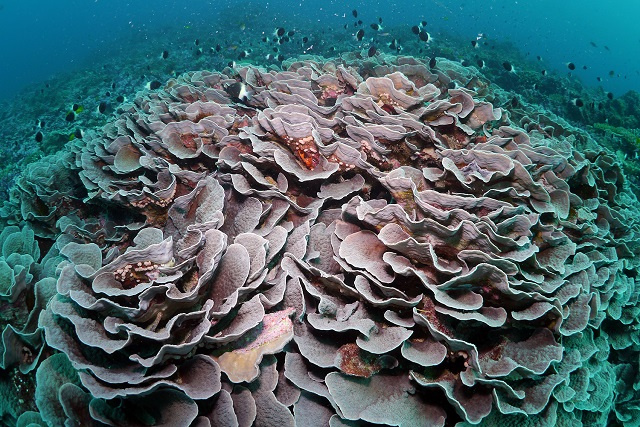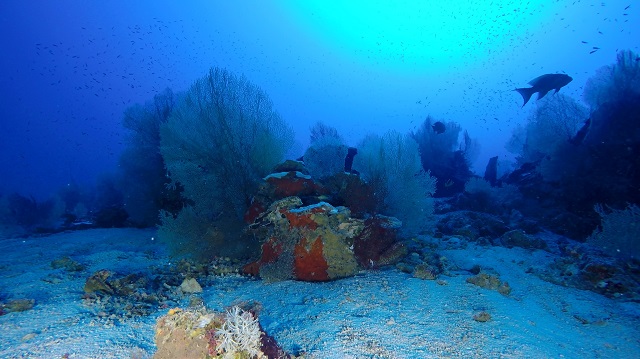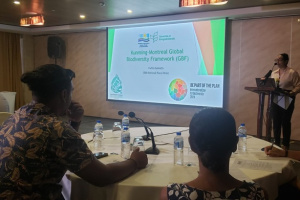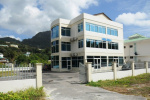Project in Seychelles examines if cold water reduces coral bleaching

Evidence gathered gives Hosegood reason to think that cold water flushing the corals could potentially render corals resilient to coral bleaching events. (James, Save Our Seas Foundation)
(Seychelles News Agency) - The Save Our Seas Foundation is funding a project seeking to establish if cooler ocean water that might flush coral reefs surrounding one of Seychelles outer islands can reduce the severity of coral bleaching.
Bleaching of coral, a phenomenon where coral turns white or colours fade because of an increase in sea temperature, has escalated in Seychelles in the past years.
The project called ‘Can corals recover at D’Arros Island?’ is being carried out in collaboration with the University of Plymouth, under the leadership of oceanographer Phil Hosegood.
Evidence gathered gives Hosegood reason to think that cold water flushing the corals could provide vital relief from rising sea temperatures and potentially render corals resilient to coral bleaching
The project summary on the foundation’s website states that “previous results have demonstrated that short period temperature fluctuations are responsible for some coral reefs avoiding bleaching but the attribution of these changes in temperature to internal waves is currently lacking.”
“From a physical oceanographic perspective, internal waves are well understood but no-one has yet made the clear link with coral reef survival rates.”
Through the project, the oceanographer wants to understand whether the ocean’s internal waves are indeed bringing cooler water to the surface and providing relief to heat-stressed corals that prevents them from bleaching. The results of his research will help prioritise the most critical reefs to protect and build a framework to monitor them.
Previous data collected in 2012 demonstrate that the slope north of D’Arros is subject to periodic, short-lived reductions in temperature, whilst the coral community remained healthy in the face of warming.
 |
| The oceanographer wants to understand whether the ocean's internal waves are indeed bringing cooler water and resupplying bleached surface reefs with new coral larvae from deeper reefs. (Nicola Foster) Photo License: All Rights Reserved |
“During the same time period, a site at the same depth to the south of St. Joseph exhibited significantly less temperature variability and the corals showed significant signs of bleaching,” the project description continues.
St Joseph is part of the D'Arros group of islands in the outer islands of the Seychelles archipelago of 115 islands in the western Indian Ocean. Earlier in 2020 the group became officially protected nature reserves, with D’Arros becoming a zone 1 protected area and St Joseph part of a larger zone 2.
Hosegood will deploy oceanographic moorings to track temperature, current flow and particles, which may contain coral larvae, in the water.
“In the Seychelles, we will monitor and analyse the internal wave field around D’Arros and St. Joseph, where we have an unprecedented opportunity to highlight the importance of internal waves to coral health due to prior knowledge of both the coral health and presence of internal waves,” states the project description.





